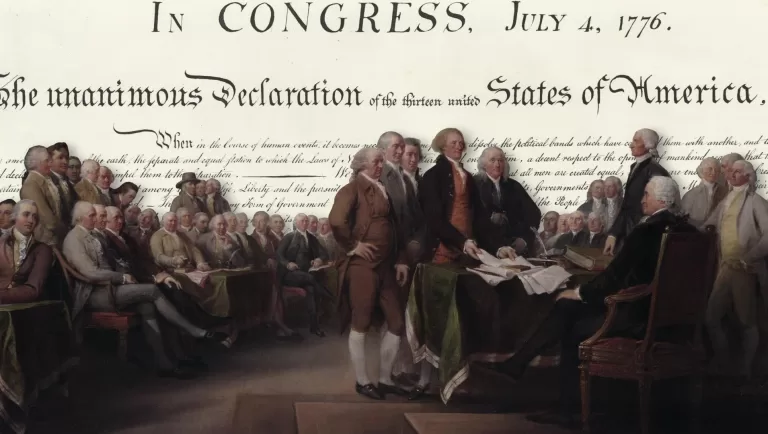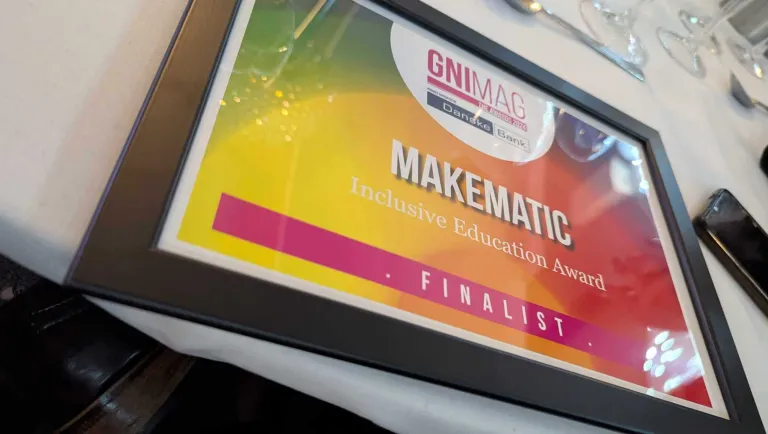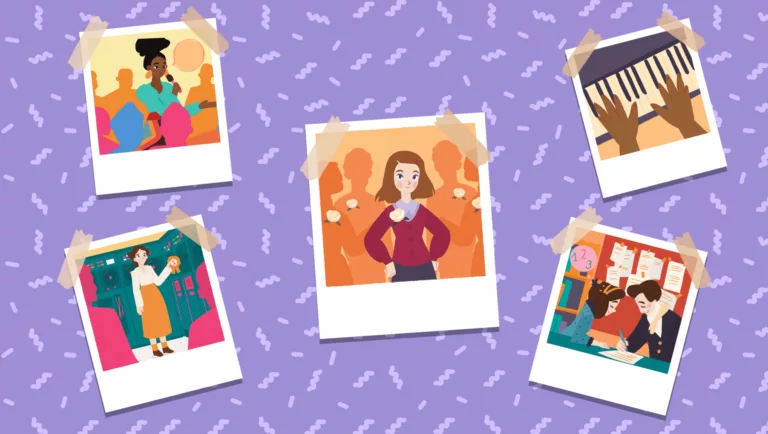
Case Study: Telling Stories of Artifacts – The Raised Fist Afro Comb
The world we are living in is saturated with objects. Marie Kondo, who became a global sensation for helping people declutter, just goes to show that there is just too much stuff around us. We often take these objects and artifacts for granted, rarely inquiring into their origin story. One of the great things about hunting for artifacts is that the stories of most artifacts are usually not told. We often know about an artifact's significance or importance but its origin story is often obscure or not really talked about.
Luckily there is a video series called The Museum of Artifacts - that explains the untold story and the historical relevance and detail of an object. In this case study, we're taking a look at Gemma, Tara and Brandon turned an idea into one of our most popular Untold videos - The Raised Fist Afro Comb.
Hunting for an Object
Assigned with the task to search for artifacts with an interesting origin story to tell, the team soon realized they were looking for a needle in a haystack. They needed a strategy.
First, they considered the audience and contemporary things that might be interesting to the audience. At the time, Black Lives Matter was everywhere, so Civil Rights were at the forefront of people’s minds.
They started searching by looking in museum collections and history websites for objects until they came across this article - Radical Objects: The Black Fist Afro Comb.
Could this be the gem they were looking for? Whilst people have no doubt seen combs like this before, to hear the story of the creation of the original would be one worth telling. It’s a powerful symbol of protest associated with the Black Panther movement. Although this item of clothing was a grooming tool and had been one for at least 5,000 years, the wearing of this particular comb became a symbol of empowerment, non-conformity, and racial pride.
But most importantly, they realized that the story of its origins wasn’t widely reported correctly.
Delving deeper
When delving deeper into the origins of this exact object, they were surprised to find out that the creator of the comb wasn’t two African American inventors as was widely reported, but an entrepreneur by the name of Anthony Romani. This is when things got really interesting. If you do some research, two African American inventors, Samuel H. Bundles Jr., and Henry M. Childrey (Tulloch) are often credited for inventing the Black Fist Comb. They did invent the comb, but not the raised fist one.
They knew that from the patent documents that Anthony Romani invented it. But there must be more to this story behind the patent. Did he create something simply because the issue was topical and he was opportunistic? Or was there a more interesting reason?
United States Patent Des. 238,821 Patented Feb. 10, 1976 COMB HANDLE Anthony R. Romani, Hollidaysburg, Pa. Antonios Manufacturing Inc., P.0. Box 1803, Altoona, Pa.
The name of the manufacturer was Antonios Manufacturing. Perhaps they could find more information about the object on the website. They knew that the company probably still existed because you can still buy the combs. Here is the website.
They found out a little more information, see below. But not what inspired the design.
Talking to Witnesses
Seemingly, the team thought they had reached a dead-end in their quest for more hidden details behind this story until they noticed a phone number to Antonio’s Manufacturing. They decided to call the number listed on the site to see if they could speak to a relative of Anthony Romani to fill in this gap.
Bingo! Romani’s son revealed that at the time Anthony designed the comb he was selling hair products and one of the Black clients Marvin Waldman had asked him to design an afro comb or pik (or rake) for him. So to honor Waldman and the fight for civil rights that was sweeping the country, he designed the pik to make a product that combined function with meaning.
So that was our story. Telling the origin story of what seemed to be one told, but was incomplete or incorrect. Take a look at the final video of that we created below and see what you think:
Over to you!
You can make a video like this too, it is not as difficult as you think. Some planning is needed for sure, so here we have put together a quick checklist for you:
Checklist for Research
- Subject - Do you want to tell the story of a person, an event, or an object?
- Untold element - Remember Untold doesn’t have to be completely new. Think of it as a story that isn’t widely known or is probably not part of most regular history curriculums. Think about what stories we hear about less? Women, minority groups, etc…
- Source - If it’s an object, start looking on museum websites. They have collections of artifacts. But think, even common artifacts like for example Barbie. Might have stories that are less well known. For example: Did you know that she was modeled off a German doll, who was a high-end German call girl?
- Talk - If it’s a person, start by looking for stories from different cultures and communities. Speak to people who are related to the subject.
Now that you have heard our story, go out there and find your own untold story to tell. In terms of filming and video production, this does not have to be so fancy. Keep it simple and use the vast resources on your smartphone to help you.
If you do want to learn more about making videos, make sure you subscribe to one of our social media channels. In the coming months, we will be sharing more tips and tricks in using the power of video more effectively to help educate and inspire others.


